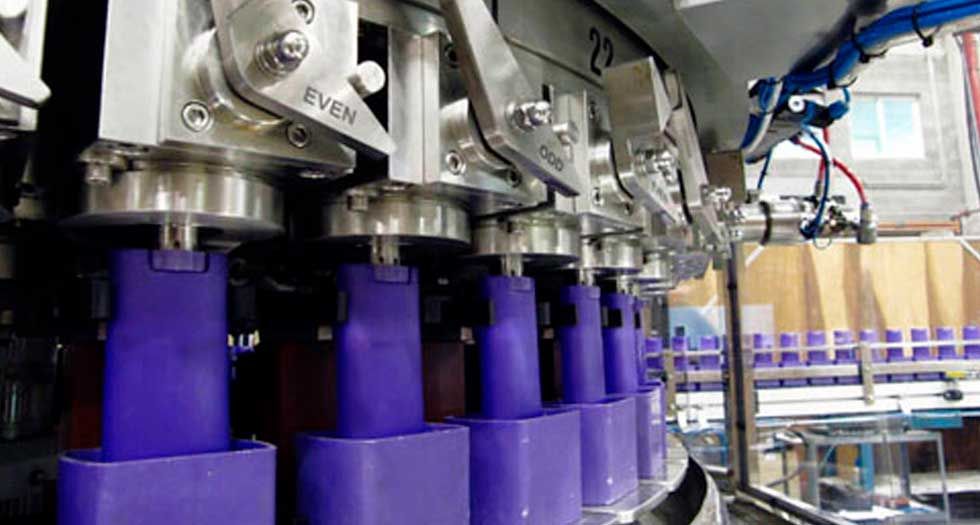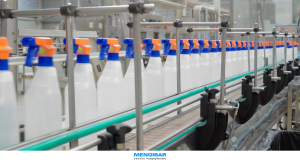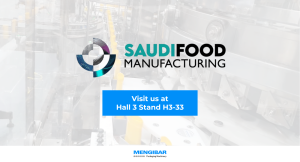Have you ever asked which are the most common problems on automated packaging lines? In the following article we are going to analyze them and how to solve them.
What happen when the OEE of the packaging line does not match your company standards?
The problem on automated packaging lines is that somebody uses OEE to compare different sites without considering that different formulas are sometimes used to calculate the OEE: are preventive maintenance hours excluded?, bank holidays?, change overs?.
However, in most of the cases, the problem is the synchronization of the different parts of the line. Bottle sorter, Filler, Capper, Labeller, Case Packing are not doing their job at the right speed and efficiency. Remember, the smallest mistake in your packaging line can slow the whole operation down. OEE depends on non-overall performance.
1. Your supplier is a Solution Provider
So, keep your supplier in the loop. Take advantage of their know-how and experience facing similar challenges. It is critically important, especially, if you are planning to launch a new reference / product. Make sure you are having regular communication and everybody has a global idea of what you can expect from each machine in the line.
2. The Factory Acceptance Test
Avoid surprises right after opening the crate. Certainly it means an extra investment, but in fact it is one of the main investments you can do in your packaging line success. Be sure that everybody involved in the project has the opportunity to see and inspect the machine before it is shipped to your site.
3. Spare Parts
Packaging machines are expensive and you may be reductant to stock spare parts. But, what if a critical component with a lengthy delivery time goes down? You supplier will help you to identify those critical parts that may cause a unplanned break in your production. We are discussing the critical and recommended spare parts here and not those commodities that can be sourced locally and in quick time.
4. Keep it simple
Large investments in the line mean you should be experiencing the maximum possible uptime. Even a huge preventive maintenance protocol is a loss of efficiency (either of the machine or the operator time). Reduce those non-production hours to minutes . Complex maintenance, cleaning, operation or start-up impacts directly on your figures.
5. Keep it running
Some customers try to justify the investment in a new line by adding more and more SKUs to the project with the aim that the new line will have capacity for everything. Sometimes efficiency comes from moving the less important or more complex SKUs to a different line and keeping the crown jewel bussy. Think of it as a Money Printing Machine. The more time the machine is in production, the more money you get.
6. Train the team
People are the key to success. After a few months, some operators have developed their own strategy to: 1) reduce the line speed to what they think it should be; or 2) invent tricks to get the best performance only during their shift. Investing in training to standardize a model is always less expensive than any other improvement you could do in the line.
Remember, keep the Money Printing Machine running… as fast as you can.
I have been in many factories during my professional life, I have also advised many different owners and engineers about how to achieve the same standards as large multinationals like Procter & Gamble, Unilever, Reckitt Benckiser or Nestle. If it work with them, it will work also for you.
Keep the Money Printing Machine running.







